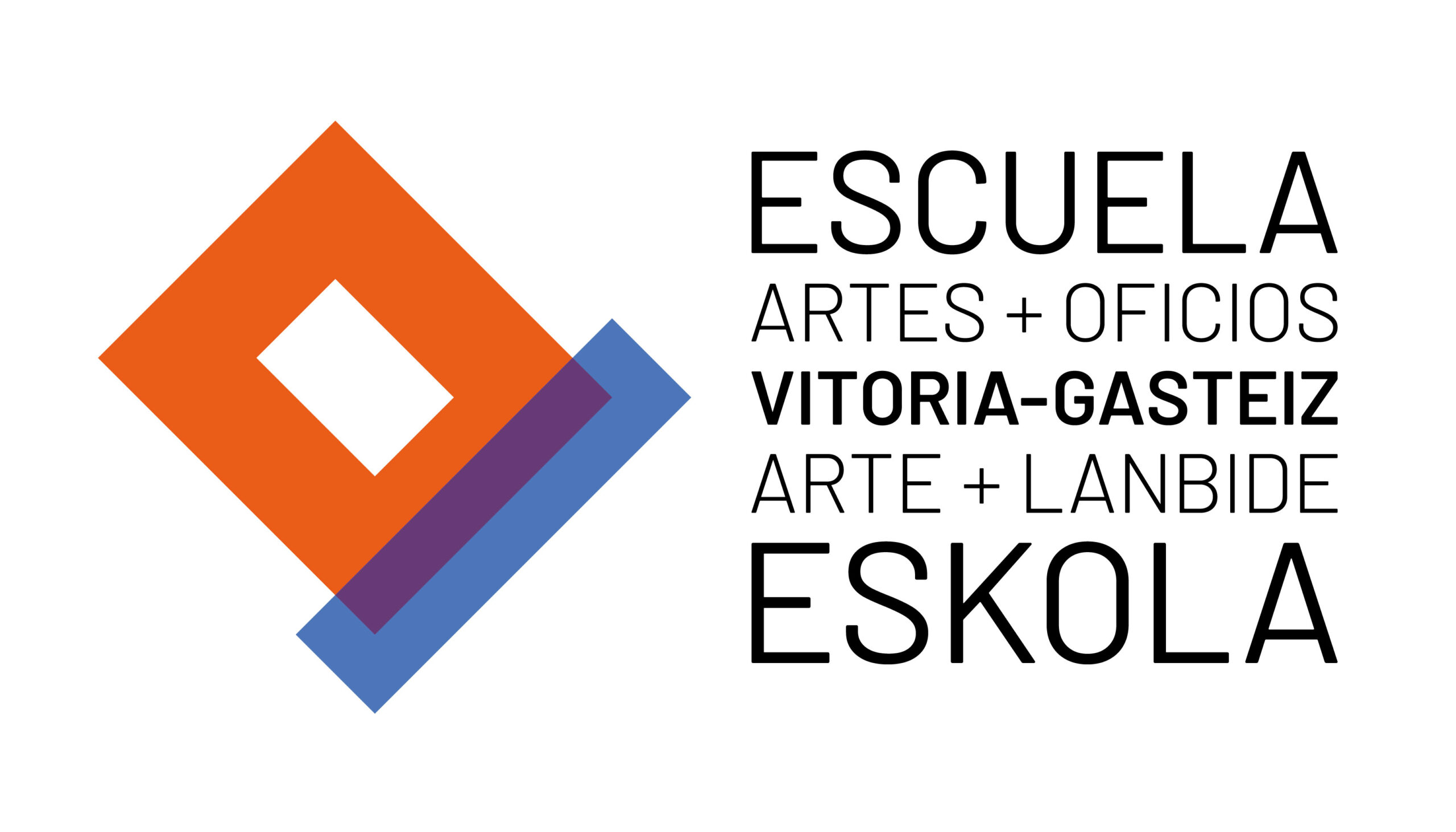From the school we recommend you to visit the exhibition:
Lorenzo Fernández de Viana (1866-1929).
A sculptor from Alava
which will be on display at the Alava Fine Arts Museum from October 2021 to March 2022.
The school has the honor of being the depository of part of the sculptural work made by Viana, being able to be seen in the corridors that the students usually walk through when they go to their classes. We want to highlight this fact because we often do not value the artistic works that we have in our city, because we are unaware of their value or because they become part of the routine landscape.
Specifically, the pieces belong to two groups formed by four sculptures each and a bust.
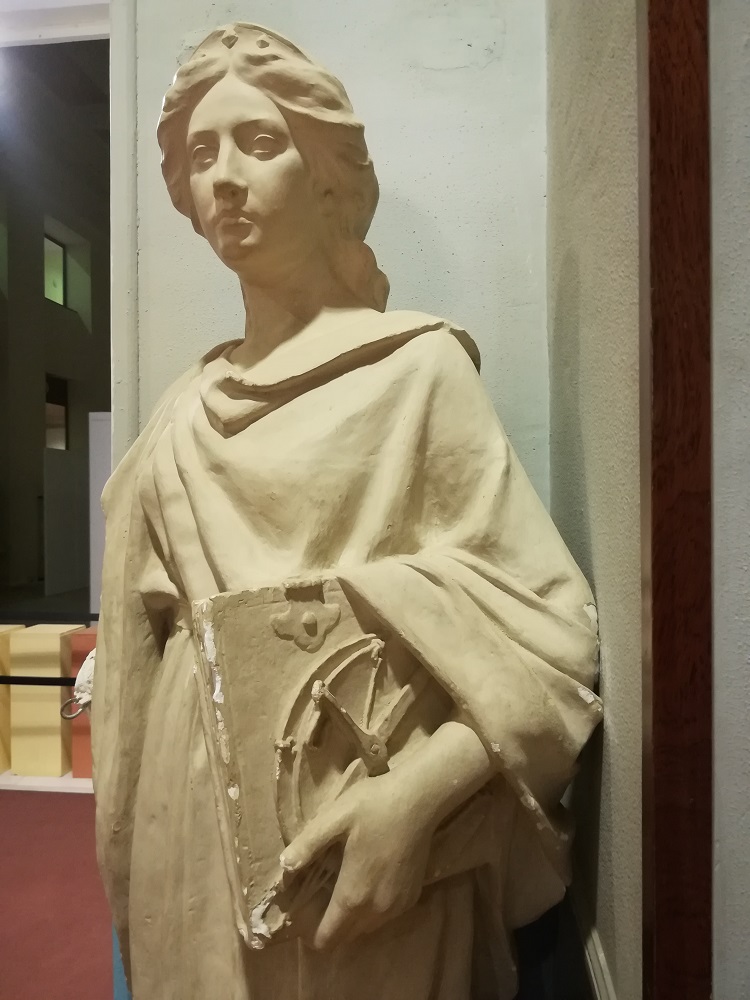
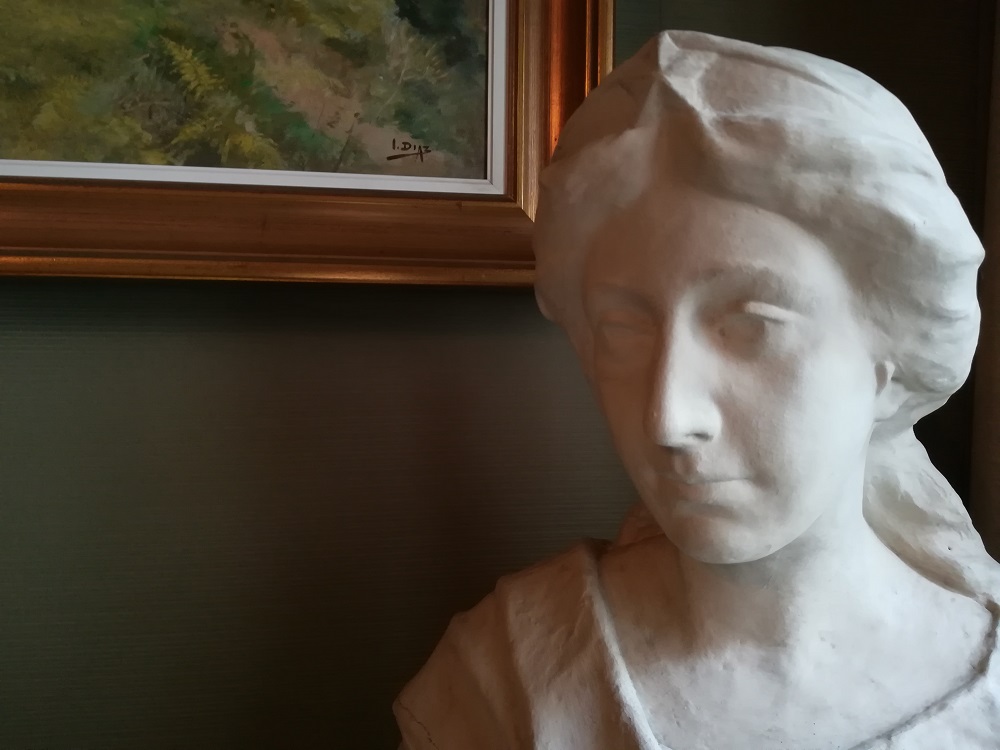
The first religious group are four sculptures of the VIRTUES representing Prudence, Justice, Fortitude and Temperance for the decoration of the Episcopal Palace of Vitoria in 1906. For the representation of the virtues Viana resorts to traditional iconography.
"They are classical figures, but with a good execution and achieving movement with the correct modeling of the drapery. The expression of the idealized faces stands out, with a serene beauty that helps to symbolize the virtue represented, as can be seen in the determination that expresses Fortaleza. "1
The second religious group are four sculptures of the APOSTLES that were placed in the Episcopal Palace of Vitoria in 1906.
"They are life-size (Santiago, San Pedro de Alcántara, San Juan and San Mateo) and in them Viana is once again indebted to the classical tradition. They stand out for the care used in the face, quite expressive, and in the movement of the arms and hands that hold the different iconographic attributes that identify them, as is the case with Saint Peter and the raised cross "2.
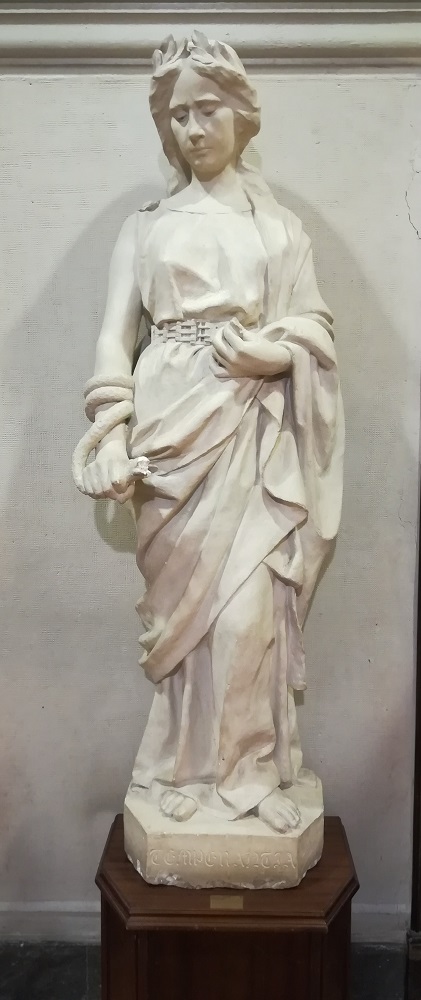
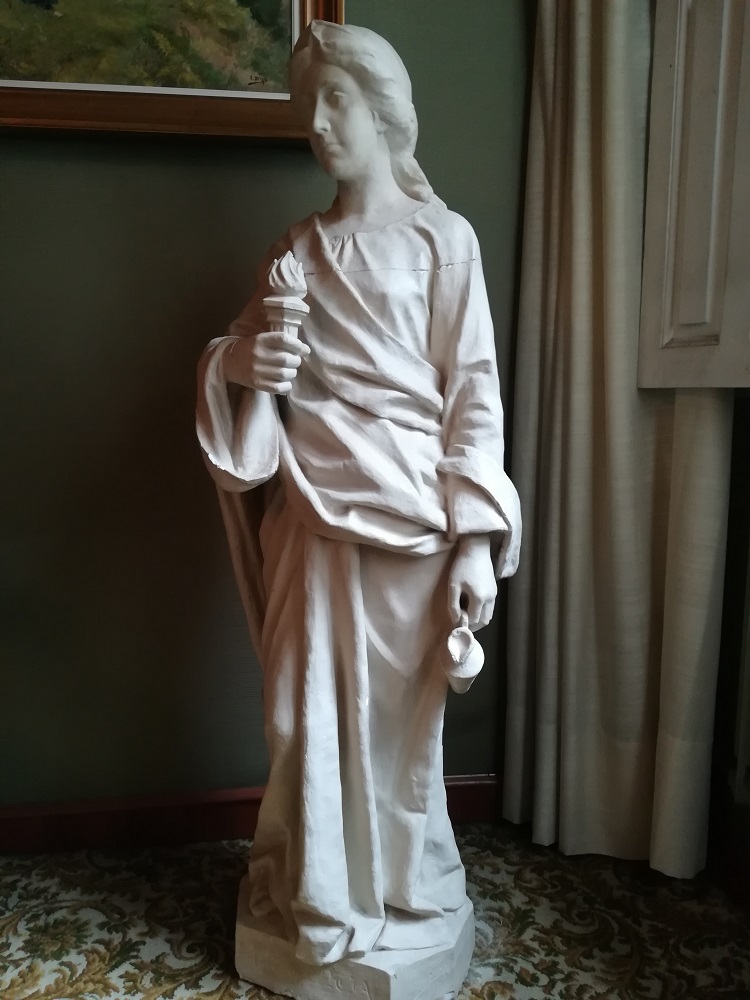
Finally, we can see the BUST OF PABLO URANGA in the boardroom of the school. The piece was modeled in clay in 1908 and remained for many years in the boardroom. In 1992, on the occasion of the exhibition dedicated to the painter Uranga in the Sala Amárica, it was cast in bronze, one becoming part of the collection of the Museum of Fine Arts of Alava and the other of the School of Arts and Crafts of Vitoria.
The portrait, "flees from all conventional historicism and is more natural, capturing through the slightest casual movements of the factions, the features and details of the face. The work allows us to appreciate Viana's technical qualities, his mastery of modeling, the fidelity in the portrait and sense of movement. This is achieved by placing the painter in a foreshortened position while he holds, with one hand resting on his chest, his work tools...The work is signed and dated, and shows an affectionate inscription on the base, "Uranga nere lagun maitia" It should be noted the friendship between the two artists, also due to their sympathies to nationalism. "3
1, 2 ARREGUI BARANDIARAN, Ana "Lorenzo Fernández de Viana. Arabako eskultorea. A sculptor from Alava" p.88
3 ARREGUI BARANDIARAN, Ana "Lorenzo Fernández de Viana. Arabako eskultorea. A sculptor from Alava", p.108.
Finally, Lorenzo Fernández de Viana (Lanciego, Alava, 1866 - Bilbao, 1929) is the only recognized sculptor from Alava of his time. He initially had a more artisanal training as a cabinetmaker, studying at the School of Arts and Crafts of Vitoria and training in Madrid and Paris. He was able to set up his own workshop in the city of Vitoria, working on the sculptural project of the New Cathedral, as the author of several figures and as a teacher at the School of Carving and Modeling that was created for the project. He traveled to Argentina in search of the recognition he did not believe he had in his homeland, returning after several years to Bilbao where he died.
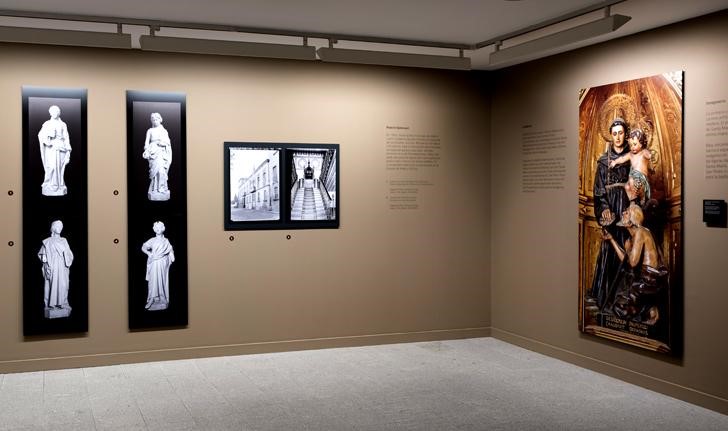
Detail of one of the exhibition rooms of the Museum of Fine Arts of Alava.
